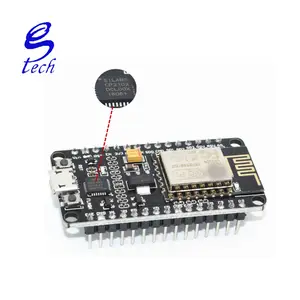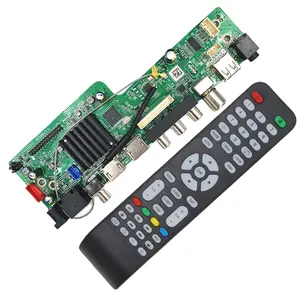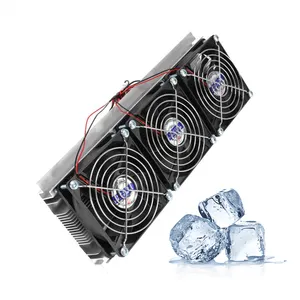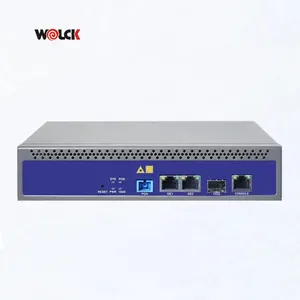Popular in your industry


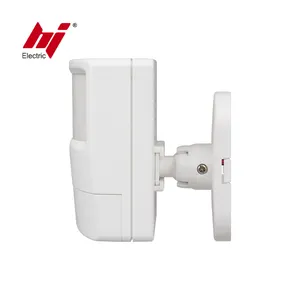










































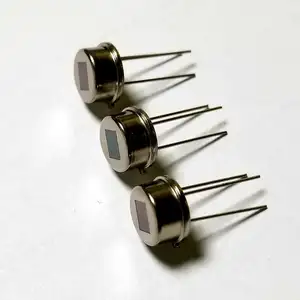



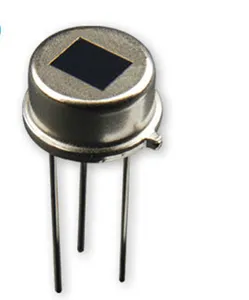































































































































Top categories
About senba pir sensor
Introduction to Senba PIR Sensors
Passive Infrared (PIR) sensors, particularly those developed by Senba, have become a cornerstone in modern motion detection technology. These sensors are adept at detecting infrared light radiating from objects in their field of view, commonly used in security systems and automated lighting controls.
Types and Applications
Senba PIR sensors are diverse in their applications, ranging from home automation to industrial security. They are integral in devices like motion-activated outdoor lights, home security systems, and automatic doors. Their versatility also extends to energy management systems, where they contribute to reducing power consumption by controlling lighting based on occupancy.
Features and Specifications
The infrared sensor technology by Senba is designed to be highly sensitive and reliable. These sensors can detect subtle changes in temperature and movement, which makes them efficient for both indoor and outdoor environments. They are typically compact, allowing for easy integration into various devices without being obtrusive.
Materials and Design
Senba's PIR sensors are crafted using durable materials that ensure longevity and consistent performance. The design of these sensors often includes a polyethylene lens or filter to accurately focus the infrared radiation onto the sensor element, which is crucial for the accurate detection of movement.
Advantages of Senba PIR Sensors
The advantages of using Senba's motion sensors are manifold. They offer enhanced detection accuracy, which is essential for security and energy-saving applications. Additionally, their low power consumption makes them an eco-friendly choice for continuous operation in various devices.
Considerations for Buyers
When selecting a PIR motion sensor, buyers should consider the sensor's range, field of view, and the specific application it will be used for. It's important to match the sensor's specifications with the intended use to ensure optimal performance.


